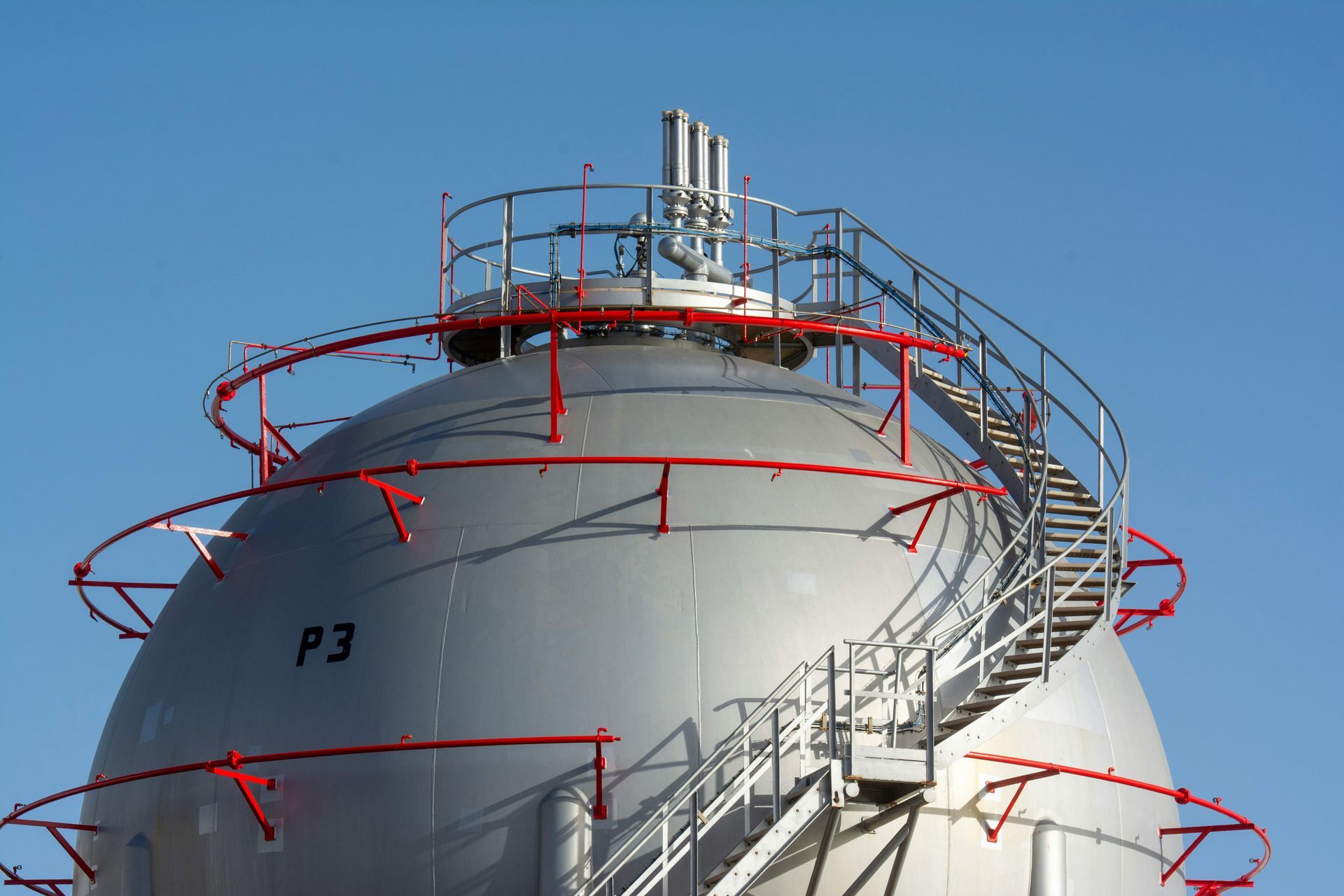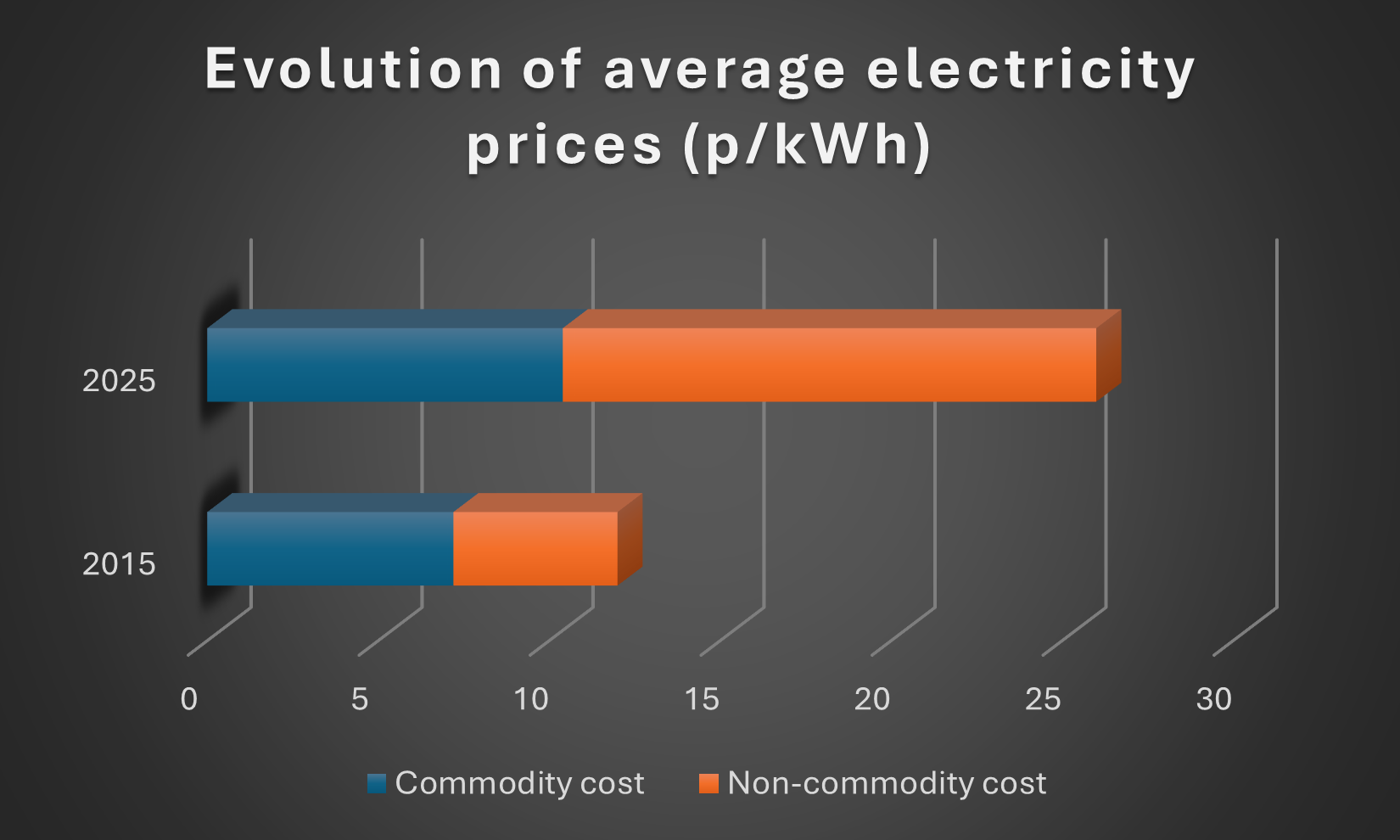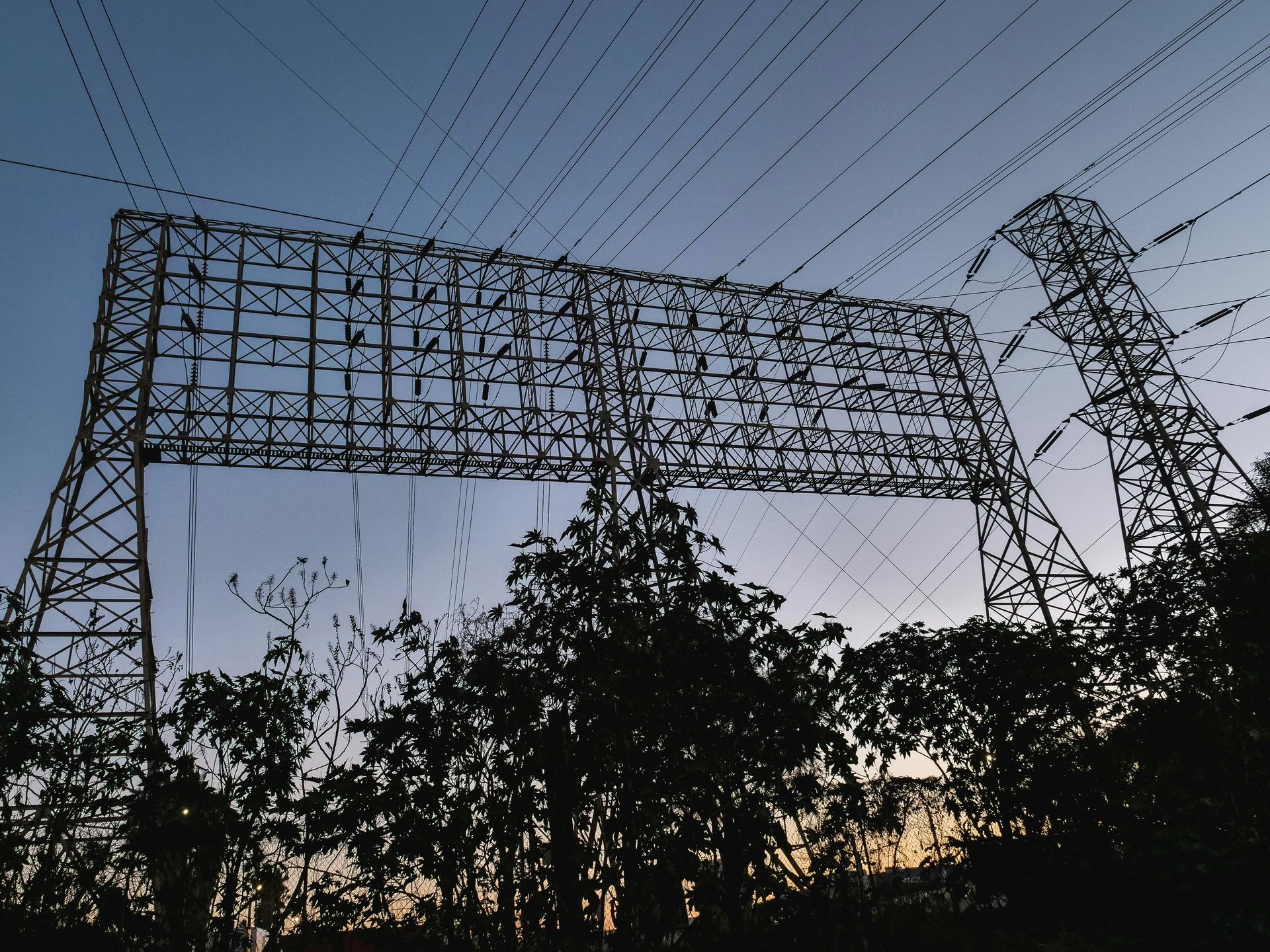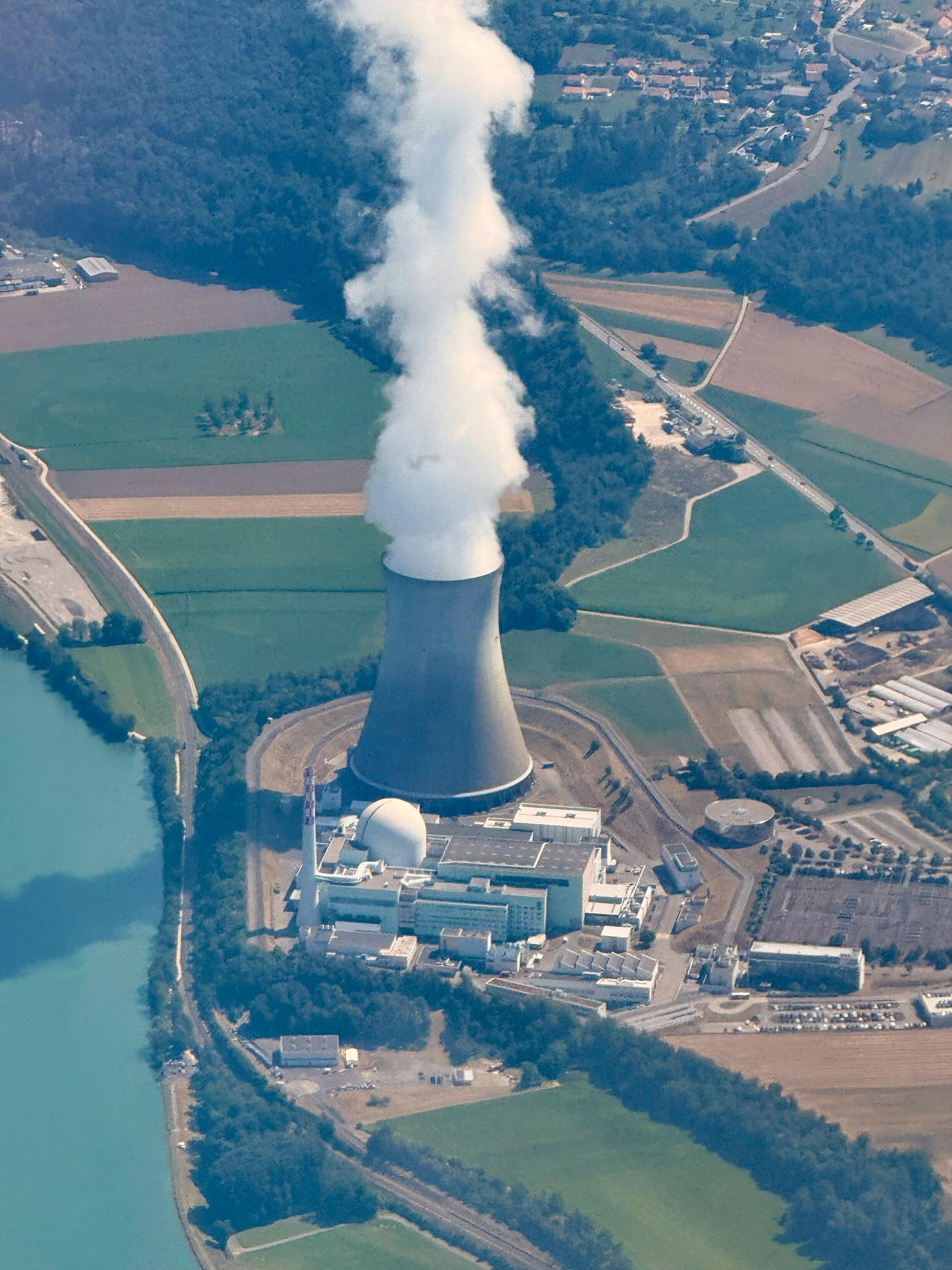September 2025 Review
September Review
By Adam Novakovic
We have reached the time of year where the summer months have started to fade and we begin to think about the colder seasons. This month saw the UK government recognise Palestine as a country, although they still seem unable to recognise the harm their energy policies are causing UK businesses. With further charges set to be added to UK energy bills and rising non-commodity costs, it was a relief that wholesale energy prices remained fairly flat throughout September.
A recent report from independent analysts Cornwall Insights revealed that large energy users who aren’t covered by Government schemes could find that they are paying a further £450,000/year in non-commodity costs by 2030. With non-commodity costs such as DUOS and TUOS charges –which are used to fund the infrastructure responsible for the transmission of electricity – now accounting for over 2/3rds of total electricity costs for some businesses, it is of growing concern that these charges are set to continue rising.
With the TUOS charges for 26/27 expected to increase significantly, the non-commodity charges are starting to have a negative impact on UK businesses ability to compete against foreign businesses with fewer governmental charges on their energy bills. This growing concern is yet to be addressed but could have a huge impact on many industries in the next year.

For much of 2025 it has been difficult to talk about the direction of energy prices without mentioning EU nations having to achieve 90% reserve capacity by November. At the start of September capacities were already approaching 80% and the EU have relaxed their rules so that the 90% capacity target could be achieved anytime between October 1st and December 1st. Any fears surrounding EU nations being forced to compete for purchases as the deadline approaches have now been allayed and the mandated European buying pressure will be removed from the market before the end of 2025, with the current reserves offering a buffer should any supply crisis occur.
This growing confidence that Europe has avoided an energy crisis was further displayed when the EU published a proposal to accelerate the phasing out of Russian gas. This would likely upset countries who have existing deals with Russia, as well as create the potential for more nations competing to buy gas before the existing 2028 phase out date.
This could lead to more European nations looking to purchase gas from the US, where the UK already sources a large part of its gas imports.
In August, the US achieved record LNG (liquified natural gas) exports. With US production still increasing it may seem logical to purchase LNG from the States, but European countries may be concerned about being reliant on US energy whilst they still appear to be freely imposing tariffs on other nations. As long as the risk of US tariffs remains, this would be considered riskier than purchasing from alternative sources.

Outlook
With European buying pressure dropping off and there being no clear, imminent threats to supply, it seems as though prices could be set to drop over the coming months. However, long-term weather forecasts are now suggesting that this could be a cooler winter than first predicted. In September, climate experts published findings that showed there is a 71% chance of transitioning to a La Niña weather pattern during the final quarter of 2025. This weather pattern is associated with colder than average temperatures in Europe. A cooler winter increases the amount of gas that will need to be consumed and increases the rate at which gas reserves will be used.
If your business would like advice regarding any of the topics mentioned in this article, or with its energy procurement, management, or planning, then don’t hesitate to contact Seemore Energy. Our team of experienced advisors can help you with bespoke strategies and advice that is tailored to your needs.










